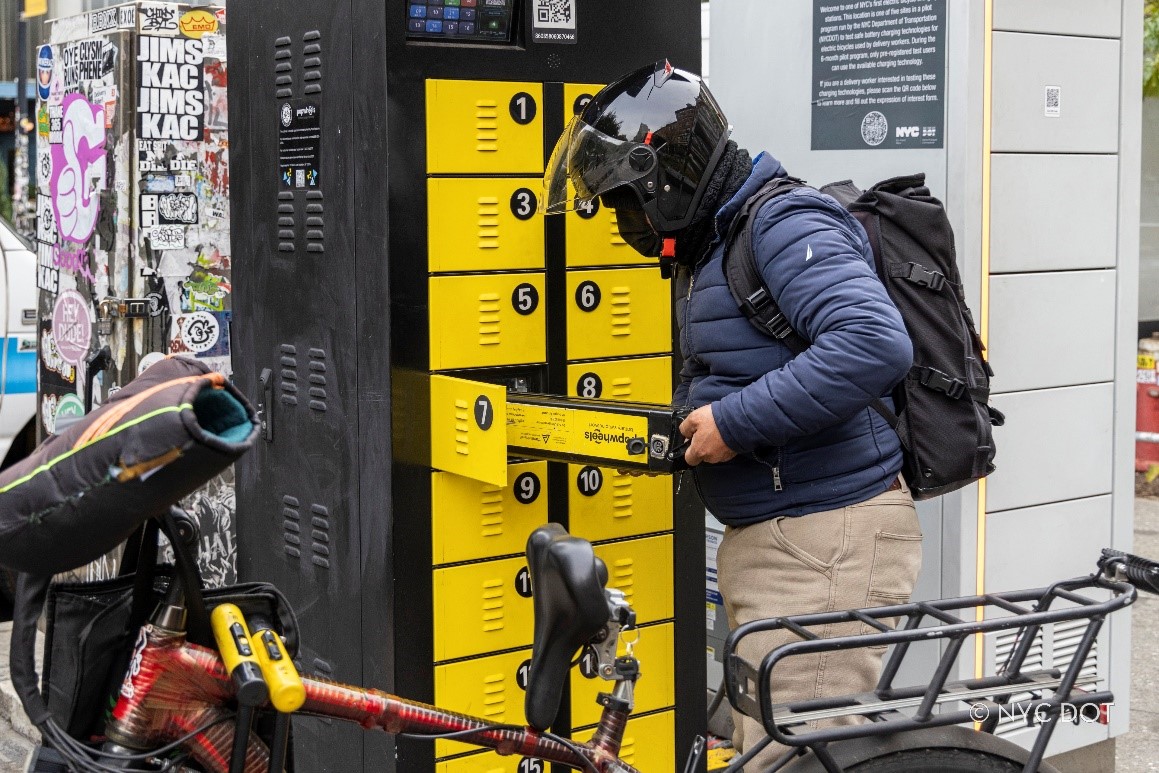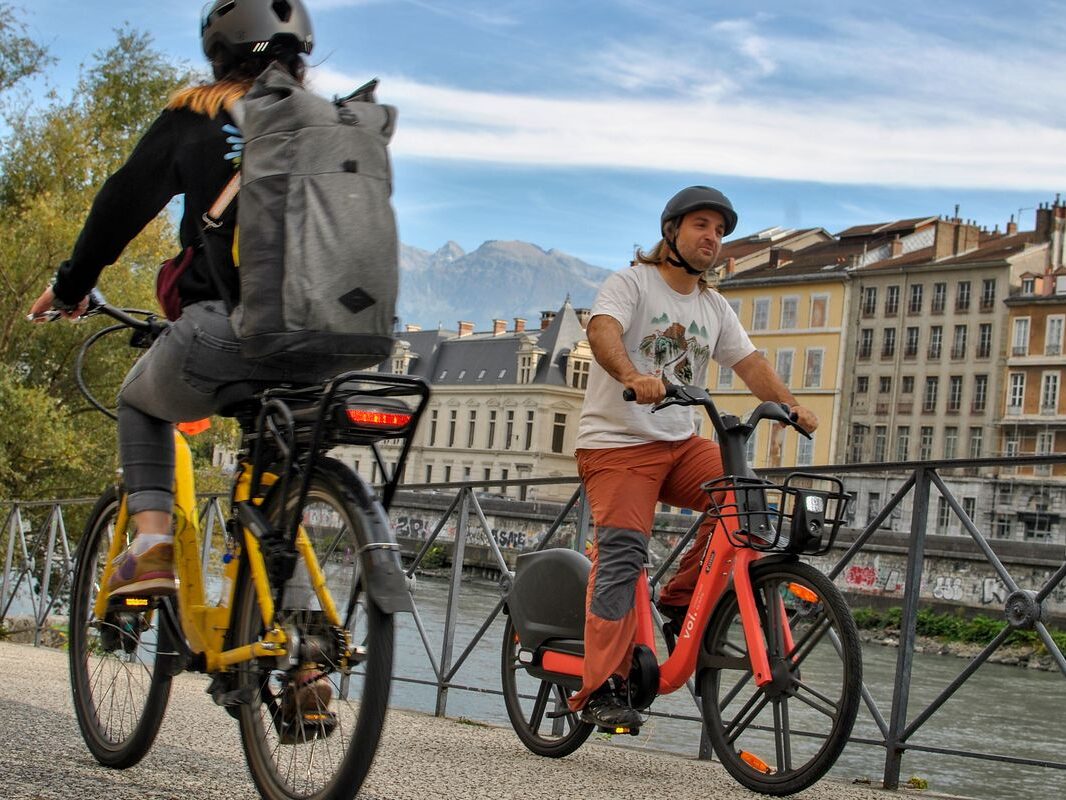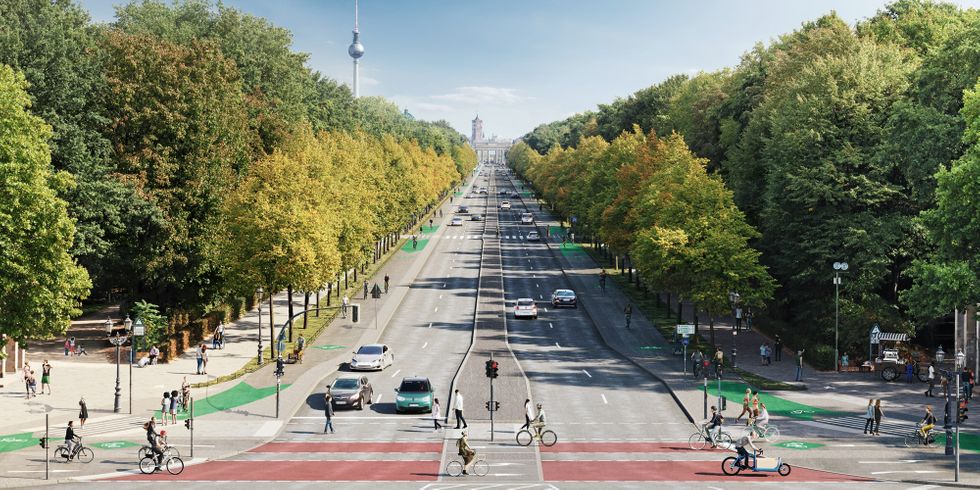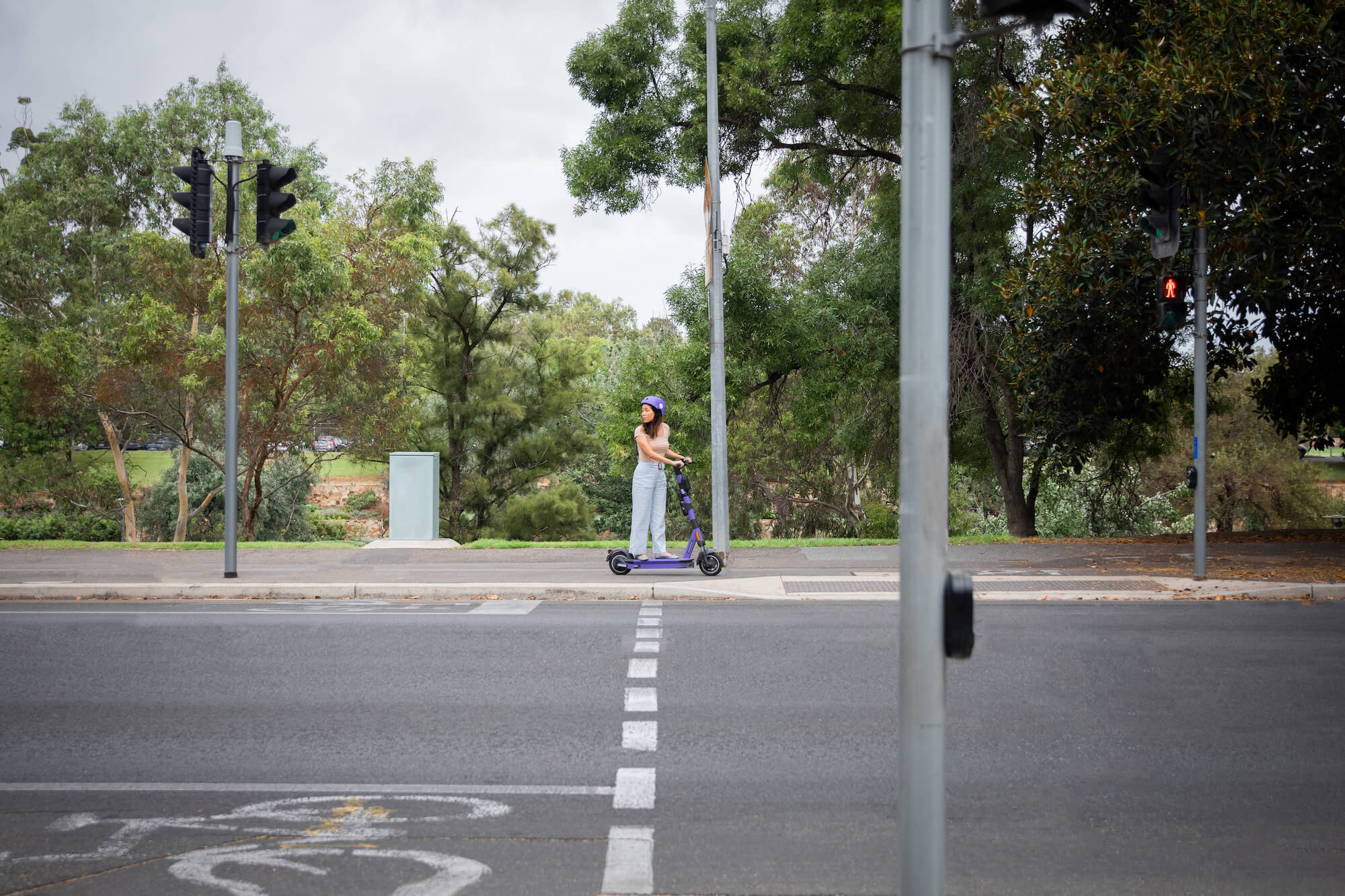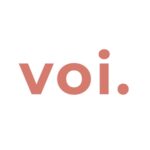Superpedestrian has partnered with the Cities Today Institute to release a roadmap for how e-scooters can better integrate with public transport networks.
The report brings together experts from governments, system operators and NGOs to identify solutions for integrating e-scooters with existing public transport networks. The roadmap’s key suggestions include mobility hubs that offer different transportation options at the same locations, fare integration across different modes to lower trip costs, and equity programmes that expand access.

Paul White, Senior Director of Public Affairs at Superpedestrian, said:Micromobility is real transportation. Based on evidence in our cities across the globe, we know that when micromobility and public transit are more seamlessly connected, they offer a more compelling alternative to private car use. At Superpedestrian, we're looking to deepen that integration to not only increase the use of shared e-scooters, but to increase the accessibility of public transit as well.
Although e-scooters were initially a niche mode of transport, they have now become an integral part of how millions of people travel. Superpedestrian reported that two thirds of its e-scooter trips were not related to tourism or recreational use. Instead, the vehicles were used for commuting to work, to school or for other daily necessities.
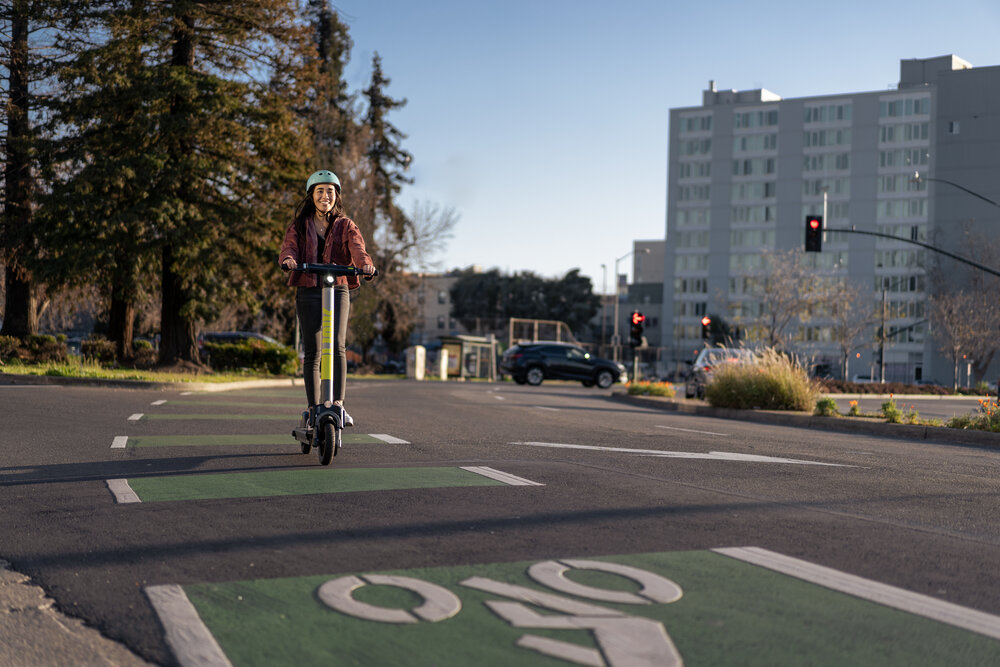
Bob Bennett, Chair of the Cities Today Institute, said:It's a great pleasure for CTI to be able to synthesise public and private sector expertise as a tool to make 21st century communities work for 21st century citizens. Our goal is to integrate affordable and accessible transportation solutions to make cities work better. The Cities Today Institute is proud to have worked with many of our community members and the Superpedestrian team to look in depth at how cities are implementing e-scooter policy.
The new report examines different cities to establish how e-scooters can better integrate with public transport networks all over the world to reduce car trips and expand transportation access.
The report urges cities to consider several key solutions:
- Intermodal transportation hubs, modelled on Move PGH in Pittsburgh, that offer riders a wider set of options in one location
- Integrated fare systems for micromobility and public transit to lower costs
- Improved public information and integrated trip planning features to make intermodal trips easier to identify and plan
- Expanded micromobility equity programmes, such as Superpedestrian’s LINK-Up, which serves veterans and riders on public assistance who are 10 times more likely to use e-scooters to connect to transit stops
- Deploying e-scooters to fill overnight gaps in public transport for riders who work night shifts or leave for work early in the morning




